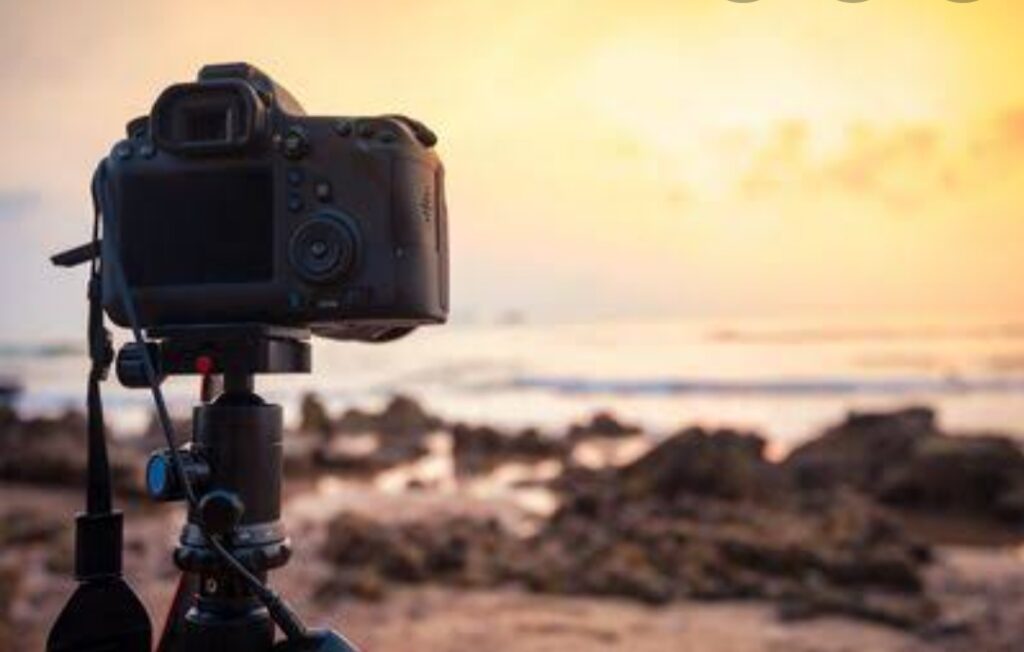Holding Life Still
Photos help us to feel the hugs long lost, hear the voices long disappeared waiting to be heard, and experience the memories long gone. Kashmir is certainly a landmark abound with alluring scenes of grand mountains and immaculate waters. Some might argue that Kashmir is the paradise of the camera.
While Kashmir has produced some fine photographers of its own such as Dar Yasin, Mukhtar Khan, and Masrat Zahra, the affair between Kashmir and the camera dates back to 1864 when Samuel Bourne was stunned by the inability of the imperfect camera to capture the perfectly picturesque beauty of the valley. He spent nine months in Kashmir, trekking and living for a few weeks in Srinagar, photographing its landscapes and cityscape. Kashmir’s scenic beauty was also captured by photographers William Baker and John Burke who spent the years between 1864 and 1868 photographing Kashmir’s many valleys, rivers, mountains, and meadows. Kashmir’s beautiful landscapes sold for more than any other photographic piece in the late nineteenth century. In the 1900s, the scintillating beauty of Kashmir came to be laminated in the form of photos and postcards that were in demand in the rest of India, London, and other European regions. The first photo studio in Kashmir named Mahatta & Co. started on a houseboat in 1915 and expanded to a shop on the bund in Srinagar with a branch in Pahalgam. It was then called Mahatta Art Studio and was set up by Amar Nath Mehta. This marked the beginning of organized photography in Kashmir.
The photos one can find of the valley portray how multifaceted the history of the region has been. Among the fleeting moments of life captured are those of happiness, grief, and loss. As American photographer Aaron Siskind said: “Photography is a way of feeling, of touching, of loving. What you have caught on film is captured forever… it remembers little things, long after you have forgotten everything.”
Khalid Khursheed
Class IX
